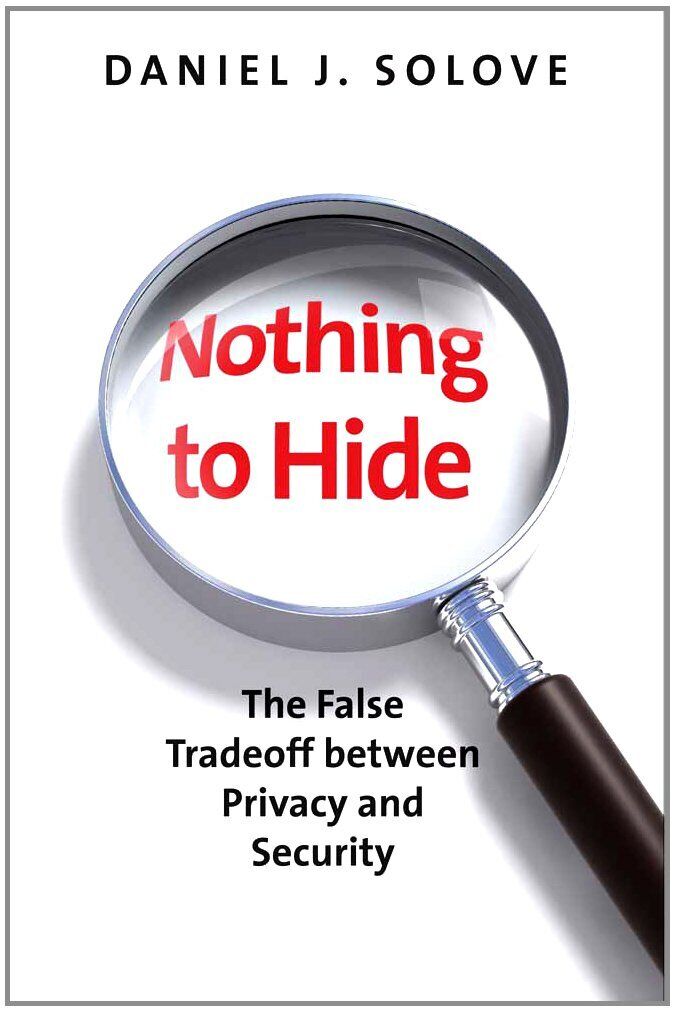
Daniel Solove’s book, “Nothing to Hide: The False Tradeoff between Privacy and Security,” is a compelling read that challenges the conventional wisdom around privacy. As a leading privacy legal scholar, Solove meticulously dissects the flawed notion that privacy concerns only those with something to hide and presents a nuanced argument that privacy is essential for everyone, regardless of their activities.
Debunking the “Nothing to Hide” Myth
Solove starts by deconstructing the popular but simplistic argument that only wrongdoers need privacy. This notion, often encapsulated in the phrase “if you have nothing to hide, you have nothing to fear,” oversimplifies the complexity of privacy issues. Solove argues that privacy is a fundamental right that protects personal autonomy, dignity, and freedom. By dismissing privacy as irrelevant to law-abiding citizens, we ignore the multifaceted ways in which privacy impacts our lives.
Privacy and Security: Not a Zero-Sum Game
A central theme of Solove’s book is the interplay between privacy and security. He argues that the two are not mutually exclusive and that it is possible to achieve both. Solove critiques the post-9/11 security measures that often prioritize security at the expense of privacy, asserting that this false dichotomy undermines our freedoms. He emphasizes that privacy isn’t just about hiding information—it’s about controlling how personal information is collected, used, and shared. The book highlights the dangers of unchecked data mining and big data practices, which can lead to intrusive surveillance and loss of individual autonomy.
The Relationship Between Privacy and Security
Solove’s exploration of the relationship between privacy and security is particularly insightful. He posits that robust privacy protections can enhance security by preventing the misuse and over-collection of data. Excessive surveillance, justified in the name of security, can create vulnerabilities and erode public trust. Instead, Solove advocates for a balanced approach where privacy and security are upheld through thoughtful legal frameworks and privacy-preserving technologies.
Conclusion
“Nothing to Hide” has been widely praised for its thorough analysis and compelling arguments. Solove’s ability to present complex legal and ethical issues in an accessible manner makes this book a must-read for anyone interested in privacy in the digital age; by debunking the myth that privacy concerns only those with something to hide, Solove reminds us that privacy is integral to our freedom and dignity.
His work is a powerful call to reconsider the balance between privacy and security, ensuring we protect individual rights without compromising our collective safety. In summary, Daniel Solove’s “Nothing to Hide” is a thought-provoking examination of privacy in the modern world. It challenges us to rethink the false tradeoff between privacy and security and underscores the importance of safeguarding our personal information. Solove’s insights make a compelling case for protecting privacy for all, not just those with something to hide.


